The fourth of July is just around the corner. For many, that means a day off to break out the grill, hang out with friends, and watch a local fireworks display.
However, we highly recommend putting that time off to good use by getting out and exploring with a camera. If you have the time and transportation, we have some suggestions.
Here are our top five Fourth of July photo destinations:
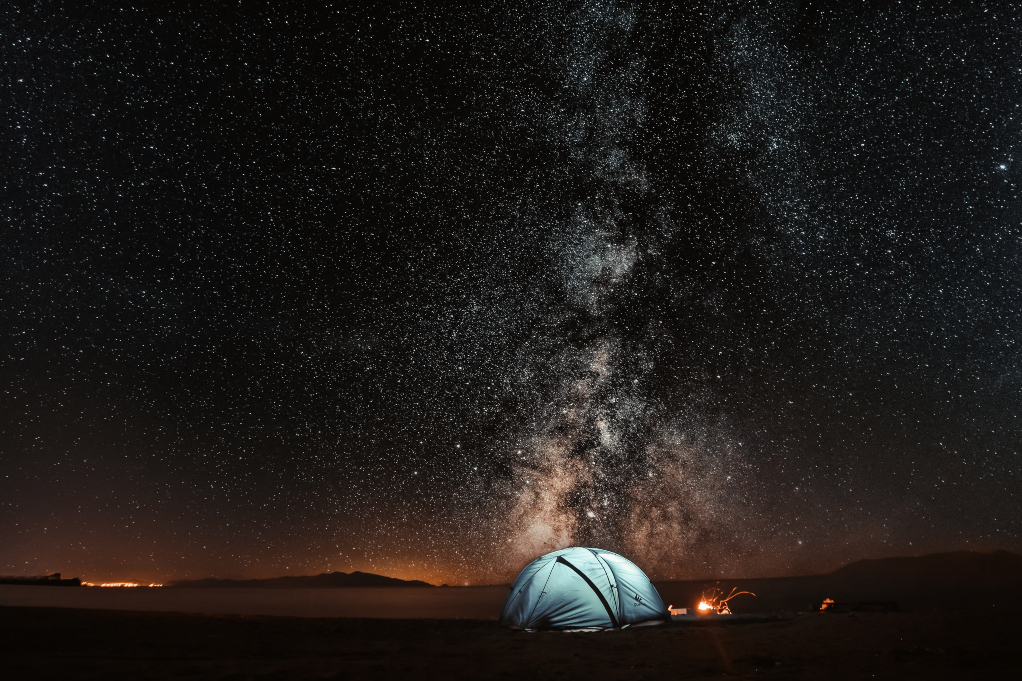 Photo: Sahin Yesilyaprak[/caption]
According to Nikon, the recommend the following for photographing the night sky:
To photograph the stars in the sky as pinpoints of light, start with as wide an f/stop as your lens allows, and shutter speed of about 20 seconds. Any more time than that and the stars will begin to blur. Increase the ISO as needed for a good exposure.
Photo: Sahin Yesilyaprak[/caption]
According to Nikon, the recommend the following for photographing the night sky:
To photograph the stars in the sky as pinpoints of light, start with as wide an f/stop as your lens allows, and shutter speed of about 20 seconds. Any more time than that and the stars will begin to blur. Increase the ISO as needed for a good exposure.
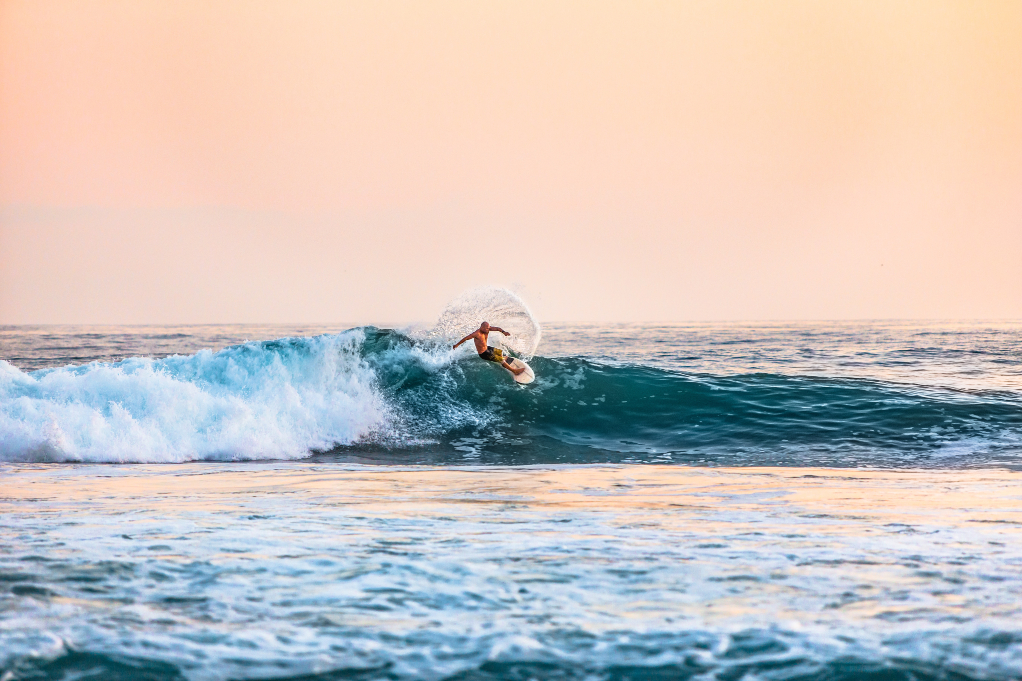 Photo: Teddy Kelley[/caption]
As part of Canon's Women in Surf series, photographer Fran Miller revealed the camera that's always in her photo arsenal:
I shoot daily with the EOS 1D X Mark II. Surfing is such a fast-paced sport with lots of different maneuvers being performed and there is a lot of emphasis on body and board positioning. This camera has such a fast frame rate that I always capture every bit of the action. It is also such a sturdy, weatherproof camera body.
Photo: Teddy Kelley[/caption]
As part of Canon's Women in Surf series, photographer Fran Miller revealed the camera that's always in her photo arsenal:
I shoot daily with the EOS 1D X Mark II. Surfing is such a fast-paced sport with lots of different maneuvers being performed and there is a lot of emphasis on body and board positioning. This camera has such a fast frame rate that I always capture every bit of the action. It is also such a sturdy, weatherproof camera body.
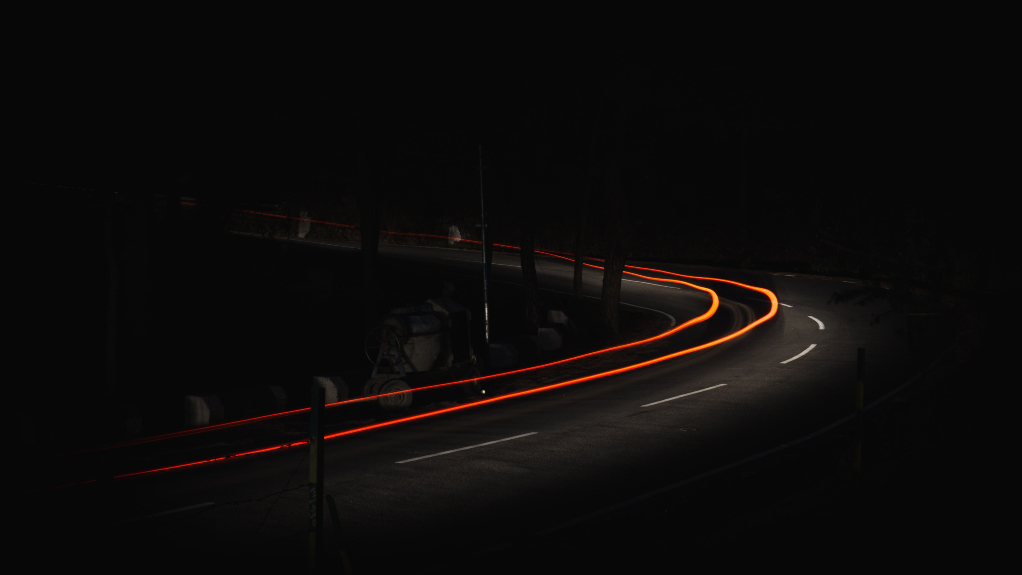 Photo: Divjot Ratra[/caption]
Sony Alpha artisan Thibault Roland explains why mirrorless is ideal for shooting long-exposure photography:
While DSLRs can do the job, in my opinion, mirrorless cameras have significant advantages which is why I use Sony mirrorless for my long-exposure photography. First, you don’t have to tape the viewfinder like you do with a DSLR. The mirrorless viewfinder is electronic so light won’t leak in from there. Second, the live view in the viewfinder lets you see much better in very bright outside conditions and makes it much easier to compose, frame and focus. Third, you can adapt virtually any lens to your camera. And fourth, what you see is what you get.
Photo: Divjot Ratra[/caption]
Sony Alpha artisan Thibault Roland explains why mirrorless is ideal for shooting long-exposure photography:
While DSLRs can do the job, in my opinion, mirrorless cameras have significant advantages which is why I use Sony mirrorless for my long-exposure photography. First, you don’t have to tape the viewfinder like you do with a DSLR. The mirrorless viewfinder is electronic so light won’t leak in from there. Second, the live view in the viewfinder lets you see much better in very bright outside conditions and makes it much easier to compose, frame and focus. Third, you can adapt virtually any lens to your camera. And fourth, what you see is what you get.
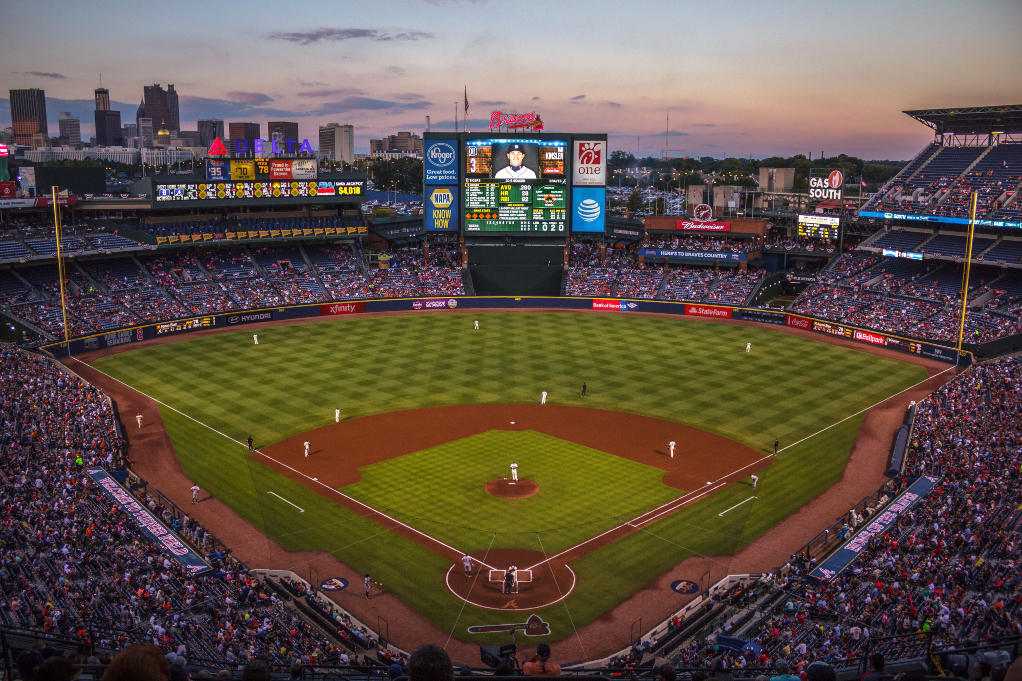 Photo: Joshua Peacock[/caption]
Panasonic Lumix provided a number of helpful technical tips to set up any photography for a successful day of shooting at the big game:
Photo: Joshua Peacock[/caption]
Panasonic Lumix provided a number of helpful technical tips to set up any photography for a successful day of shooting at the big game:
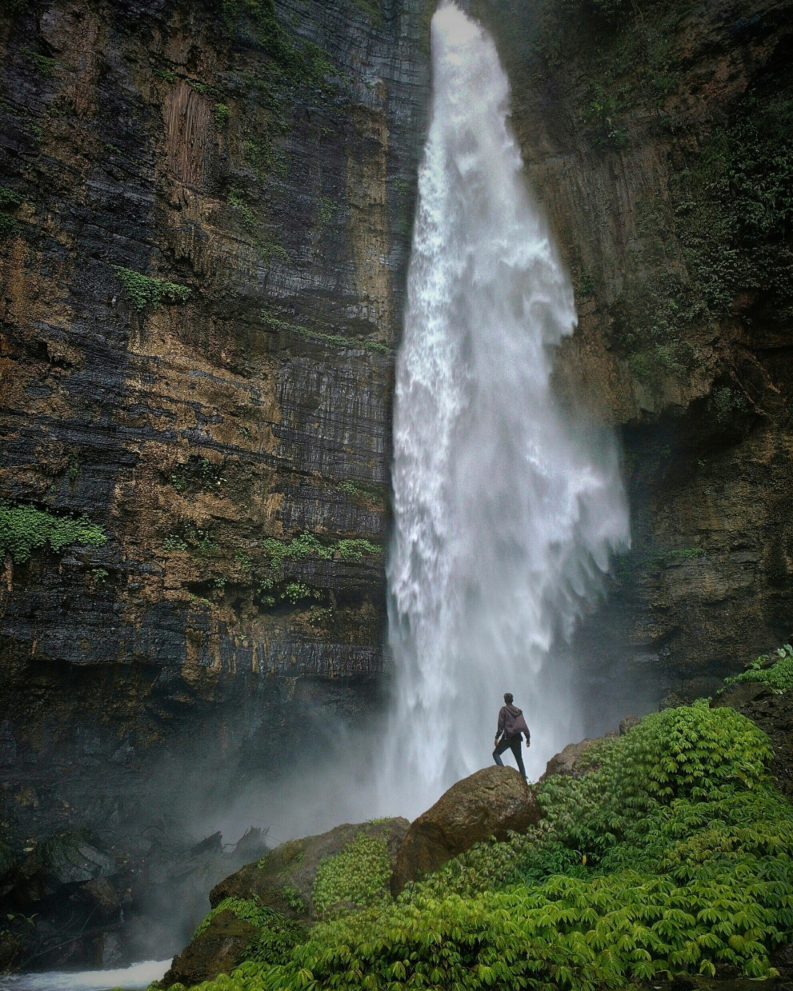 Photo: Didin Emelu[/caption]
Along with a trusted camera body, packing a couple of powerful yet compact lenses can make the difference, especially when capturing waterfalls. Olympus recommends the following:
A wide angle & medium focal length zoom lens (such as the M.Zuiko ED 7-14mm F2.8 PRO and M.Zuiko ED 12-100mm F4.0 IS PRO)
Then again, there's nothing wrong with staying close to home. Break out those blankets, lawn chairs, and tripods - and secure a front row spot at a fireworks show near you.
Photo: Didin Emelu[/caption]
Along with a trusted camera body, packing a couple of powerful yet compact lenses can make the difference, especially when capturing waterfalls. Olympus recommends the following:
A wide angle & medium focal length zoom lens (such as the M.Zuiko ED 7-14mm F2.8 PRO and M.Zuiko ED 12-100mm F4.0 IS PRO)
Then again, there's nothing wrong with staying close to home. Break out those blankets, lawn chairs, and tripods - and secure a front row spot at a fireworks show near you.
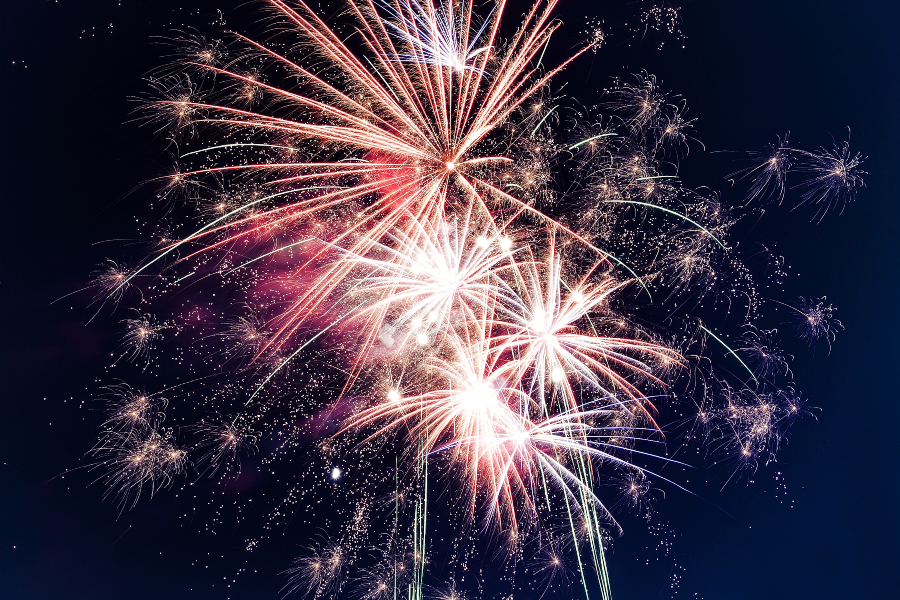 Along with just say no to autofocus hunting, check out more of our top tips for shooting fireworks here.
Have a safe and happy 4th!
Along with just say no to autofocus hunting, check out more of our top tips for shooting fireworks here.
Have a safe and happy 4th!
A Campsite at Night
[caption id="attachment_6872" align="alignnone" width="1022"] Photo: Sahin Yesilyaprak[/caption]
According to Nikon, the recommend the following for photographing the night sky:
To photograph the stars in the sky as pinpoints of light, start with as wide an f/stop as your lens allows, and shutter speed of about 20 seconds. Any more time than that and the stars will begin to blur. Increase the ISO as needed for a good exposure.
Photo: Sahin Yesilyaprak[/caption]
According to Nikon, the recommend the following for photographing the night sky:
To photograph the stars in the sky as pinpoints of light, start with as wide an f/stop as your lens allows, and shutter speed of about 20 seconds. Any more time than that and the stars will begin to blur. Increase the ISO as needed for a good exposure.
The Coast
[caption id="attachment_6875" align="aligncenter" width="1022"] Photo: Teddy Kelley[/caption]
As part of Canon's Women in Surf series, photographer Fran Miller revealed the camera that's always in her photo arsenal:
I shoot daily with the EOS 1D X Mark II. Surfing is such a fast-paced sport with lots of different maneuvers being performed and there is a lot of emphasis on body and board positioning. This camera has such a fast frame rate that I always capture every bit of the action. It is also such a sturdy, weatherproof camera body.
Photo: Teddy Kelley[/caption]
As part of Canon's Women in Surf series, photographer Fran Miller revealed the camera that's always in her photo arsenal:
I shoot daily with the EOS 1D X Mark II. Surfing is such a fast-paced sport with lots of different maneuvers being performed and there is a lot of emphasis on body and board positioning. This camera has such a fast frame rate that I always capture every bit of the action. It is also such a sturdy, weatherproof camera body.
A Dark Road
[caption id="attachment_6873" align="aligncenter" width="1022"] Photo: Divjot Ratra[/caption]
Sony Alpha artisan Thibault Roland explains why mirrorless is ideal for shooting long-exposure photography:
While DSLRs can do the job, in my opinion, mirrorless cameras have significant advantages which is why I use Sony mirrorless for my long-exposure photography. First, you don’t have to tape the viewfinder like you do with a DSLR. The mirrorless viewfinder is electronic so light won’t leak in from there. Second, the live view in the viewfinder lets you see much better in very bright outside conditions and makes it much easier to compose, frame and focus. Third, you can adapt virtually any lens to your camera. And fourth, what you see is what you get.
Photo: Divjot Ratra[/caption]
Sony Alpha artisan Thibault Roland explains why mirrorless is ideal for shooting long-exposure photography:
While DSLRs can do the job, in my opinion, mirrorless cameras have significant advantages which is why I use Sony mirrorless for my long-exposure photography. First, you don’t have to tape the viewfinder like you do with a DSLR. The mirrorless viewfinder is electronic so light won’t leak in from there. Second, the live view in the viewfinder lets you see much better in very bright outside conditions and makes it much easier to compose, frame and focus. Third, you can adapt virtually any lens to your camera. And fourth, what you see is what you get.
A Sporting Event
[caption id="attachment_6874" align="aligncenter" width="1022"] Photo: Joshua Peacock[/caption]
Panasonic Lumix provided a number of helpful technical tips to set up any photography for a successful day of shooting at the big game:
Photo: Joshua Peacock[/caption]
Panasonic Lumix provided a number of helpful technical tips to set up any photography for a successful day of shooting at the big game:
- The rules to shooting sports is having a minimum shutter speed of 1/1000 sec, Aperture set to f2.8 to f4 and ISO set to balance the exposure once you’ve set those 2 things.
- If you set your camera to Aperture priority (A) then the shutter speed could drop below the 1/1000 rule to say 1/640 for example.
A Waterfall
[caption id="attachment_6876" align="aligncenter" width="793"] Photo: Didin Emelu[/caption]
Along with a trusted camera body, packing a couple of powerful yet compact lenses can make the difference, especially when capturing waterfalls. Olympus recommends the following:
A wide angle & medium focal length zoom lens (such as the M.Zuiko ED 7-14mm F2.8 PRO and M.Zuiko ED 12-100mm F4.0 IS PRO)
Then again, there's nothing wrong with staying close to home. Break out those blankets, lawn chairs, and tripods - and secure a front row spot at a fireworks show near you.
Photo: Didin Emelu[/caption]
Along with a trusted camera body, packing a couple of powerful yet compact lenses can make the difference, especially when capturing waterfalls. Olympus recommends the following:
A wide angle & medium focal length zoom lens (such as the M.Zuiko ED 7-14mm F2.8 PRO and M.Zuiko ED 12-100mm F4.0 IS PRO)
Then again, there's nothing wrong with staying close to home. Break out those blankets, lawn chairs, and tripods - and secure a front row spot at a fireworks show near you.
 Along with just say no to autofocus hunting, check out more of our top tips for shooting fireworks here.
Have a safe and happy 4th!
Along with just say no to autofocus hunting, check out more of our top tips for shooting fireworks here.
Have a safe and happy 4th!






